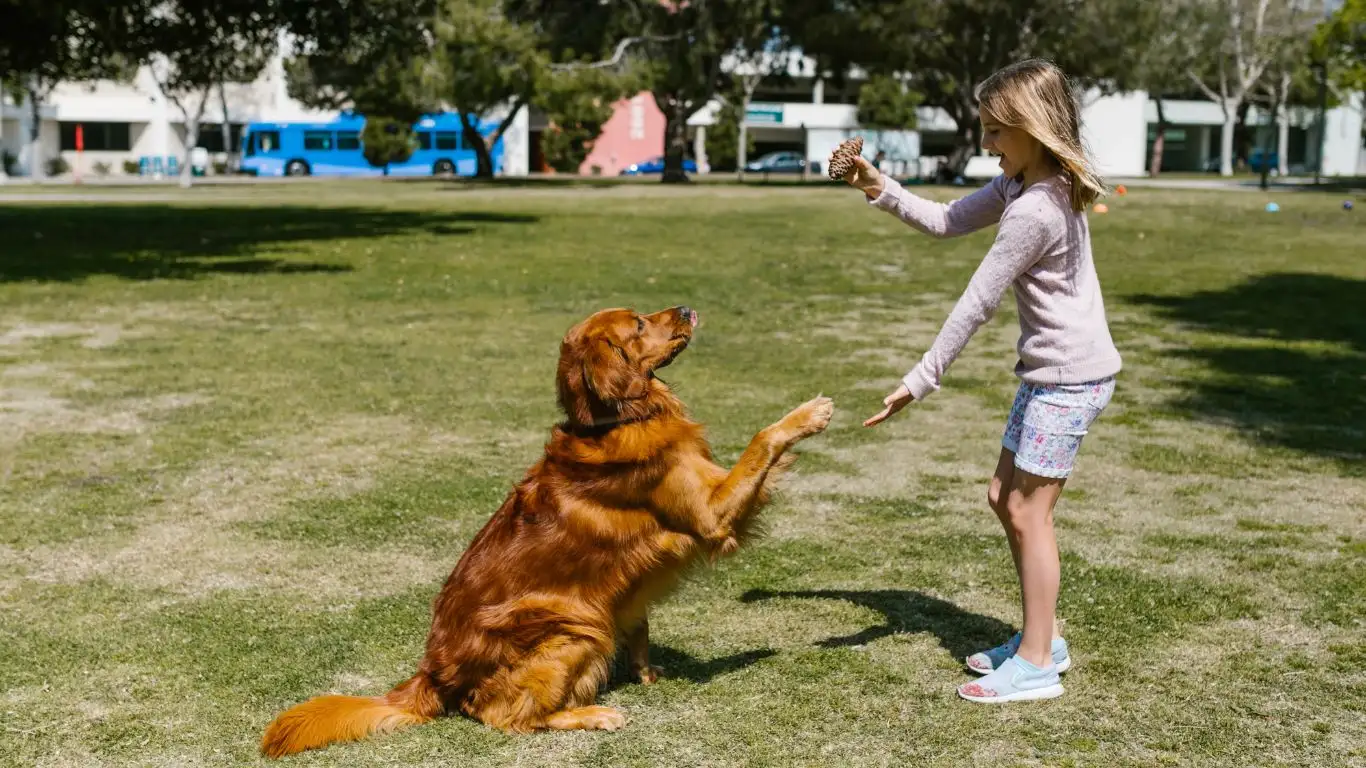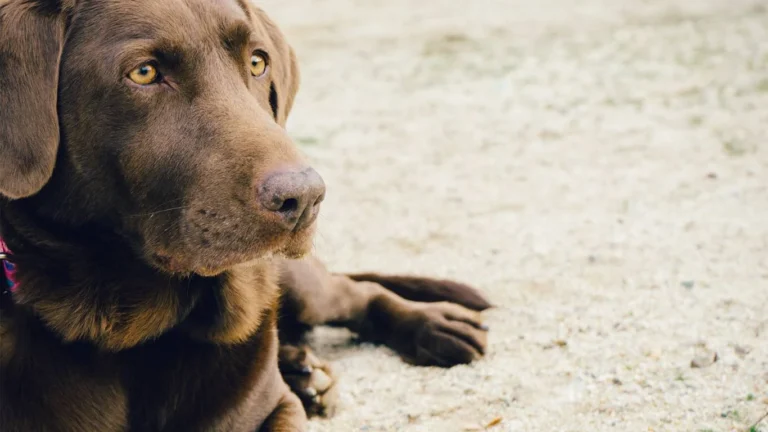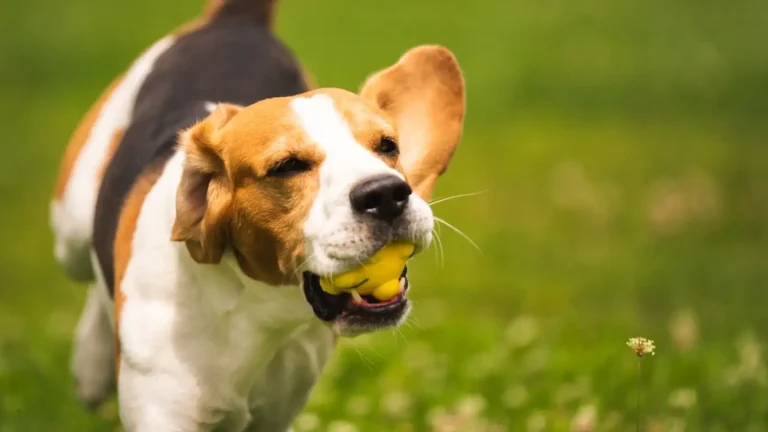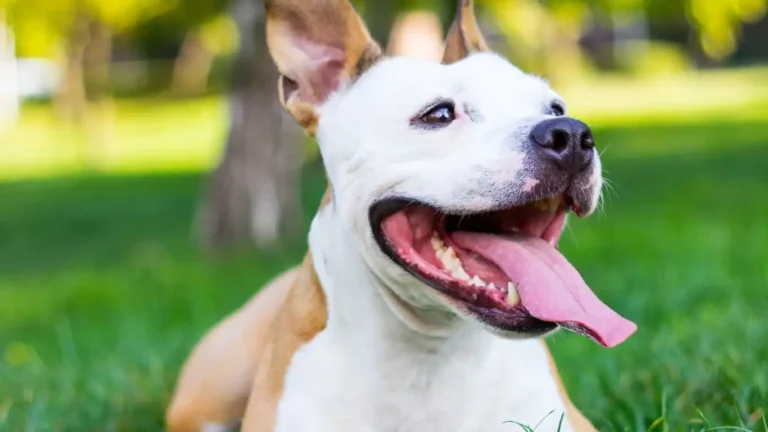How to Train a Dog to Stay Still While Drying Without Stress
Ever tried drying off your pup after a bath only to have them turn into a wiggle monster? If you’re nodding your head, you’re definitely not alone. As a Canine-Assisted Therapy Trainer, I’ve had more soggy-dog encounters than I can count. Teaching a dog to sit still—especially when they’re wet and full of post-bath zoomies—can feel like trying to dry a tornado. But trust me, it’s doable. In this guide, I’m going to walk you through exactly how to train a dog to stay still while drying without losing your sanity—or soaking your bathroom. And yes, it’s way easier (and even kind of fun) when you know what actually works.
Why Drying Time Matters More Than You Think
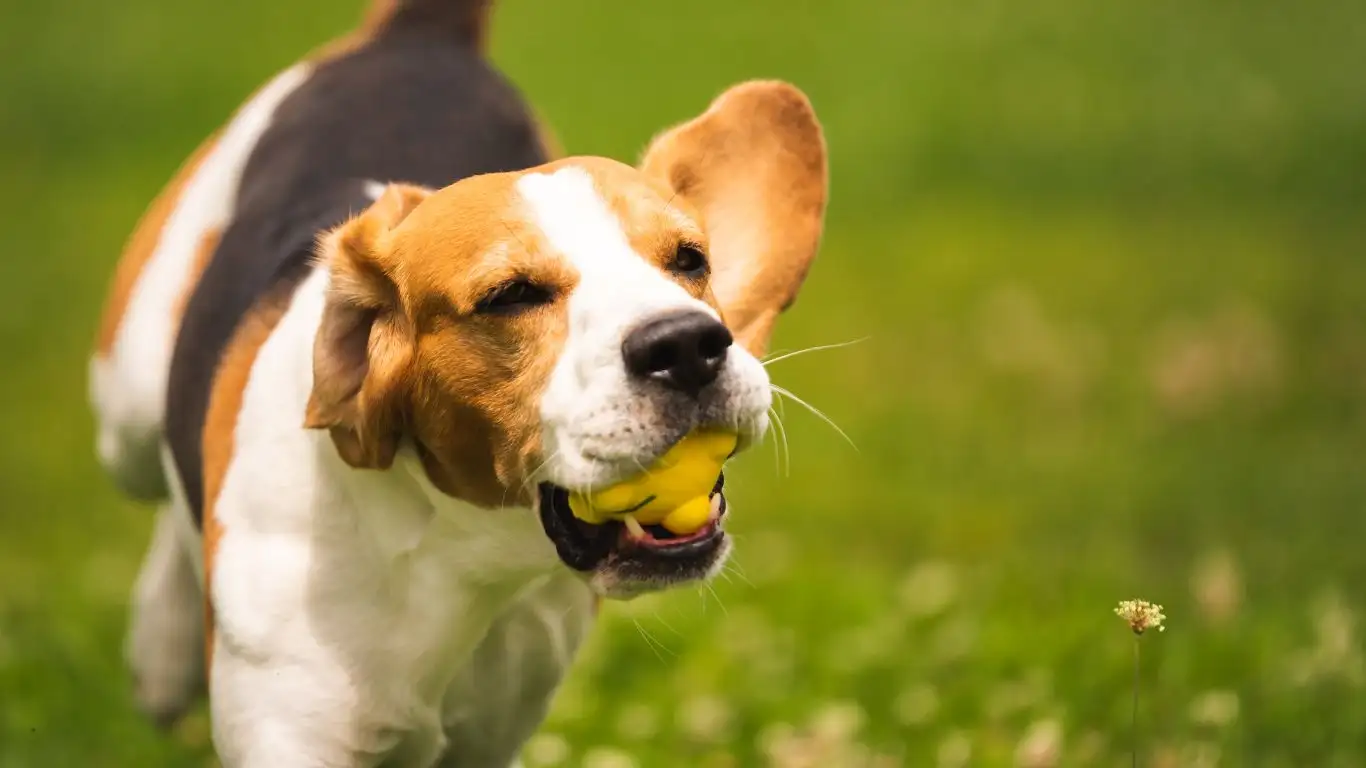
Drying isn’t just about keeping your floors dry or your dog smelling fresh. It’s a key opportunity for building trust, patience, and even a deeper bond with your dog. I’ve found that dogs who can calmly tolerate grooming are also more chill in public therapy sessions. Think of it like doggy meditation—if we can get them to relax through the towel routine, we’re paving the way for bigger wins down the road.
Getting Into the Right Headspace (You & Your Dog)
Let’s be real. If you’re stressed, your dog is gonna feel it. I always tell my clients: before you grab the towel or dryer, take a breath. Grab some treats, maybe play some calming background music (my go-to is mellow jazz or soft classical), and set the stage for a chill experience. You’re not just drying—you’re training, bonding, and setting a vibe.
- Use a soft voice. High energy can trigger playful behavior, which is the opposite of what we want right now.
- Keep the bathroom warm. No one wants to sit still when they’re shivering.
- Have treats handy. Rewards go a long way in reinforcing the calm behavior you’re after.
The Foundation: Teach a Solid “Stay” Command First

Before you ever bring out the towel or dryer, your dog needs to understand the concept of “stay.” Without that, we’re just chasing our tails—literally. I start training “stay” in a distraction-free space, away from water or grooming tools. Once your dog can hold a stay for at least 15-30 seconds with you a few steps away, you’re ready to slowly add the drying elements.
- Start dry. Practice the stay command while gently touching your dog with a dry towel.
- Level up. Add more motion—rub the towel like you would after a bath.
- Practice with a dryer. Let the dryer run in the background before pointing it at your pup. Sound desensitization is key.
I once worked with a young border collie who would sprint every time the dryer turned on. We worked up to it by starting with the “stay” command in the same room while the dryer hummed across the space. Within a week, he was laying down calmly as I fluffed his fur. Patience and tiny progressions work wonders.
Use the Right Tools (They Matter More Than You Think)
Drying gear isn’t one-size-fits-all. The tools you use can either make or break your training session. Here’s what I’ve found works best from years in the field:
- Microfiber towels – They’re more absorbent and gentler on sensitive skin.
- Low-noise pet dryers – These are made with dogs in mind. Less freak-outs.
- Non-slip mats – Wet dogs + slick floors = chaos. Avoid it with good footing.
And here’s a little insider tip: dogs are more likely to stay still if they’re standing on a soft towel or textured mat rather than slippery tile. It gives them a sense of grounding—literally.
Timing Is Everything
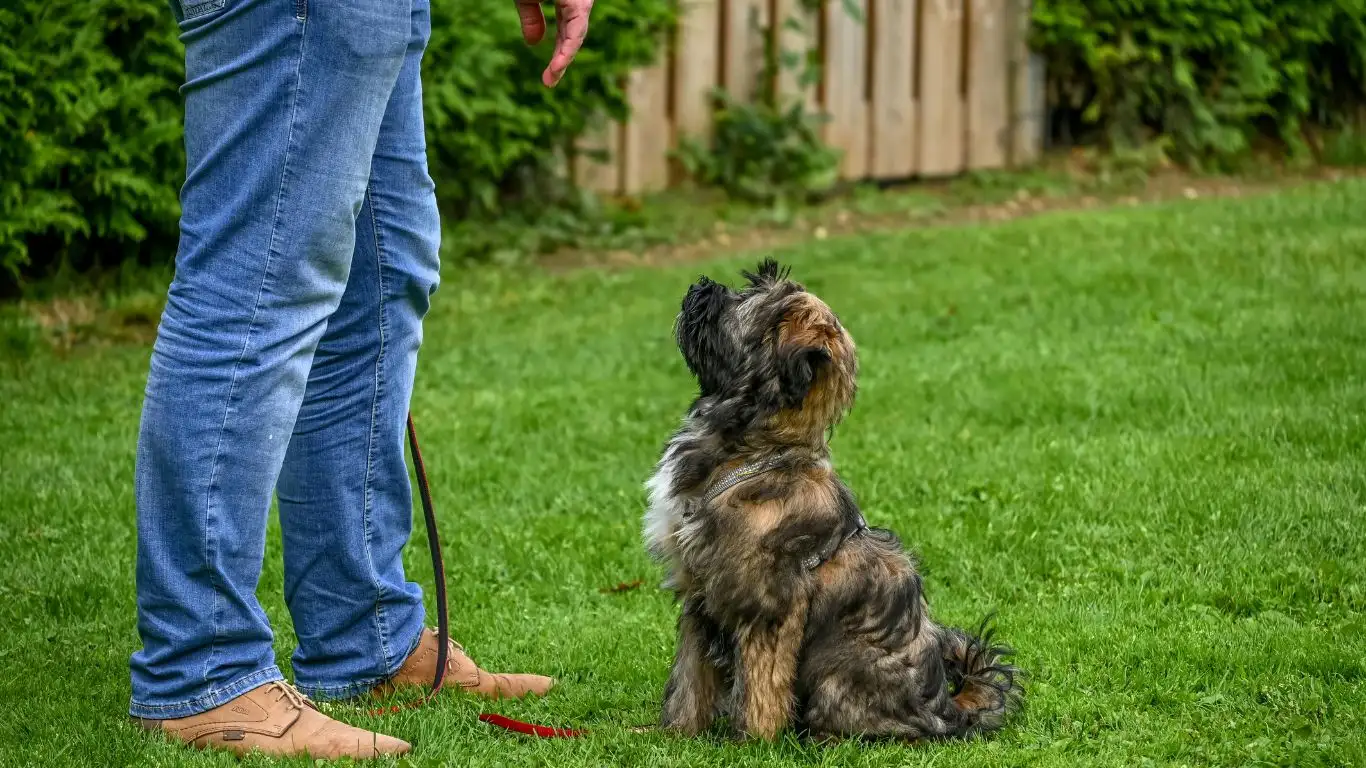
If you’re trying to train right after a high-energy play session or when your dog’s itching for dinner, good luck. Timing your drying sessions when your dog is already a little mellow (like post-walk) can make a huge difference. I often recommend planning drying practice when your pup is naturally winding down. It sets the tone for a smoother experience.
Desensitization: The Secret Sauce for a Calm Drying Routine
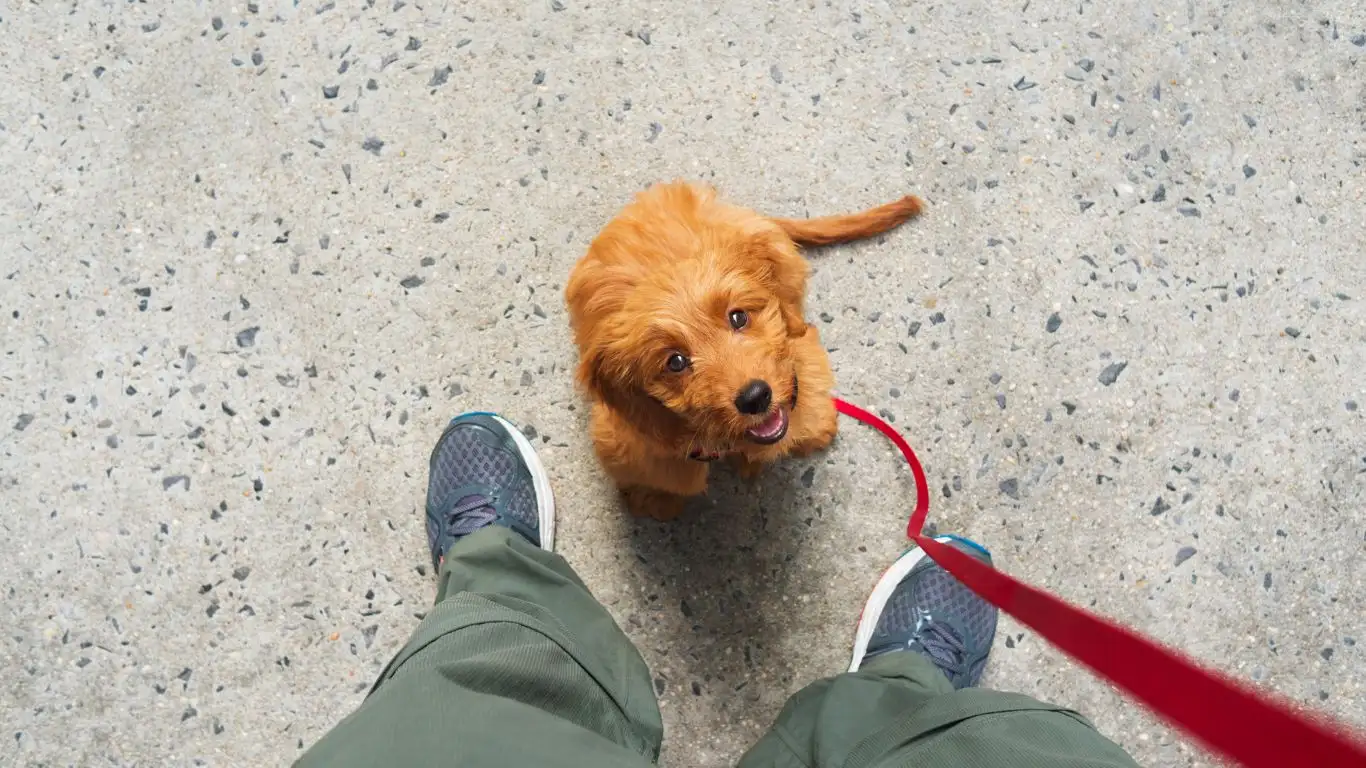
Let me let you in on a little trainer secret—desensitization is gold. If you’re struggling with how to train a dog to stay still while drying, the key often lies in breaking things down into micro steps. It’s not just about throwing a towel over your dog and hoping for the best. Nope. It’s about getting them used to every little part of the process—bit by bit—until it feels normal, boring even.
Start by simply placing the towel or dryer near your pup during regular chill time. Let them sniff it, explore it, and treat them every time they don’t freak out. Next, try turning the dryer on while it’s not pointed at them. Reward calm behavior. Then move on to a quick burst of air on their back. And so on.
I had a reactive pug named Max in one of my sessions who hated dryers. We started by just placing the unplugged dryer near his bed during nap time. Within a few days, he’d curl up next to it like it was a toy. That kind of slow progression can change everything.
Drying Doesn’t Have to Happen All at Once
Here’s something a lot of folks miss—you don’t have to get your dog completely dry in one go. Especially when you’re in training mode. A few towel passes, a short blow-dry session, and a ton of praise can be way more effective than powering through a full groom while your dog’s squirming like a noodle.
- Keep sessions short and sweet – 2-5 minutes is a great start.
- End on a win – If your dog stayed still for even 10 seconds, that’s progress worth rewarding.
- Practice often – A few mini sessions a week beat one long, stressful one.
Make Drying Time a Positive Experience
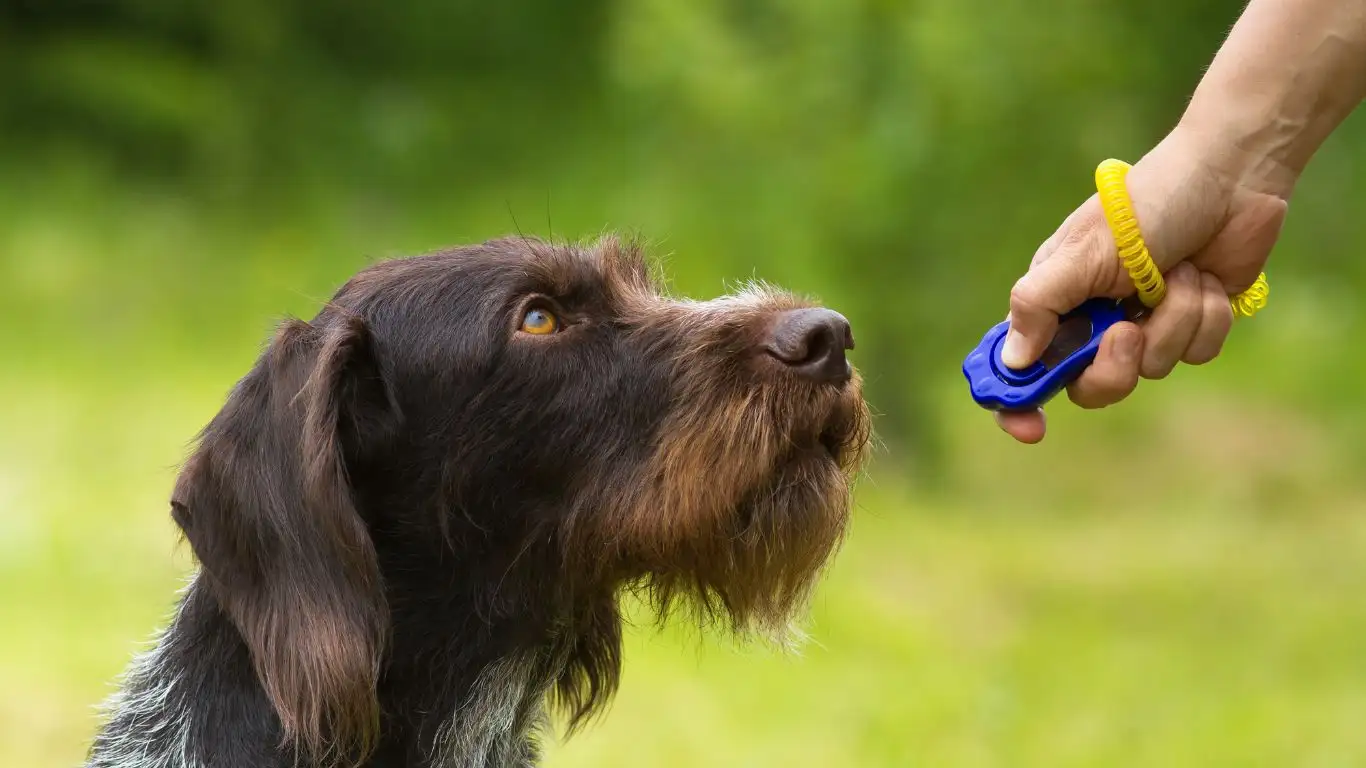
This might sound a little silly, but I often turn drying time into something that resembles a spa session for dogs. I talk to them, I give slow belly rubs while drying their belly, I toss in tasty bits of liver treats after drying their ears. When it feels like pampering instead of punishment, your dog’s more likely to stay still, enjoy it, and trust you more in the process.
Some dogs even start looking forward to it. I’ve worked with several therapy dogs who now come trotting over when they hear the towel drawer open—because they know attention, treats, and chill vibes are on the way. It’s all about creating those positive associations.
Know When to Pause and Reset
Sometimes, your dog just isn’t in the mood—and that’s okay. Dogs, just like us, have off days. If your pup starts to resist, squirm more than usual, or show signs of stress like lip licking, yawning, or trying to bolt, it might be time to hit pause. Forcing it won’t help the training stick. In fact, it usually sets things back.
Instead, calmly stop, offer a treat, and try again later when things feel more relaxed. It’s better to have multiple small wins than one big battle that leaves both of you drenched and frustrated.
Setting Up a Training-Friendly Drying Space

Having a dedicated space for drying makes a huge difference. This doesn’t need to be fancy. Even a corner of the laundry room or bathroom with a soft towel mat, a little basket of treats, and your grooming tools can become your go-to spot. Over time, your dog will associate that area with the routine—and the rewards that come with it.
- Choose a low-traffic area – Less distractions = better focus.
- Use the same spot consistently – Dogs thrive on routine and location cues.
- Keep it stocked – Towels, treats, dryer, brush. Make it easy on yourself.
When I was training my own rescue shepherd mix, Daisy, I created a cozy little corner with a folded towel, a low stool for me to sit on, and a calming diffuser. Now, even when it’s not bath day, she sometimes walks over there and lays down—ready for some chill time. It’s that kind of trust and repetition that really locks in the behavior long-term.
Don’t Forget to Celebrate the Little Wins
If there’s one piece of advice I hope sticks with you, it’s this: celebrate every little win. Dog stayed still for a few towel swipes? Awesome—give a treat. Let you blow-dry one paw without a fuss? Jackpot—happy voice and another treat. This reinforcement builds up their confidence and tells them, “Hey, you’re doing great.”
So many of the dogs I’ve worked with—especially the anxious or high-energy ones—turn a corner when we shift the focus from “get through this” to “look at you crushing it!” And honestly? It makes the process way more fun for both of you.
Common Challenges and How to Overcome Them

Let’s be real—training any new skill with dogs comes with hiccups. When it comes to teaching your furry friend how to train a dog to stay still while drying, you might hit some bumps along the way. But don’t sweat it. Every dog is unique, and patience is your best tool here.
Challenge 1: The Zoomies Attack Right After Bathing
Many dogs suddenly feel like they’ve got a burst of energy post-bath, turning drying time into a race track. This is super common. My advice? Try incorporating some calm-down activities immediately after the bath to help your dog settle before drying. Gentle petting, slow leash walks around the house, or even a simple “sit” command with treats can bring that energy down a notch.
Challenge 2: Fear of the Dryer Noise
The noise from dryers can be intimidating. I’ve met plenty of dogs who flinch or flee as soon as they hear it. Here’s where your desensitization training from earlier really pays off. Gradually increase exposure to the sound while rewarding calm behavior. You can also try pet dryers designed to be quieter. My clients have had great success switching to these and seeing their dogs relax faster.
Challenge 3: Squirming or Jumping Off the Mat
When dogs feel unstable or scared, they’re more likely to move around during drying. To tackle this, make sure the drying area has a non-slip surface. In my experience, a simple rubber mat or a towel with good grip works wonders. Also, holding a leash loosely during drying can give you a bit more control without making your dog feel trapped.
Advanced Tips: Making Drying Part of Your Routine

Once your dog starts to get the hang of staying still during drying, it’s time to embed this skill into your regular grooming routine. Consistency is the name of the game here, and the more often you practice, the more natural it will feel to your dog.
Tip 1: Combine Drying with Other Calm Behaviors
Use drying time as a cue for your dog to practice other relaxing commands like “sit,” “down,” or “stay.” You’re basically stacking good habits that help your dog stay calm and cooperative in different situations. In therapy work, this kind of cross-training has helped my dogs stay steady in stressful environments, which is priceless.
Tip 2: Use Your Dog’s Favorite Rewards
Every dog is motivated by something different. Whether it’s tiny treats, a special toy, or just your enthusiastic praise, find what makes your dog light up. I’ve seen shy pups who barely respond to treats totally perk up when I start rubbing their favorite peanut butter-scented toy into the routine.
Tip 3: Stay Patient and Keep It Light
Don’t put pressure on yourself or your dog. Sometimes the best progress happens when you’re relaxed and keeping things lighthearted. A few fun drying sessions each week beats one stressful marathon any day. And trust me, your dog will pick up on your energy—so staying chill is half the battle won.
References
Disclaimer
This article is for informational purposes only and does not substitute professional veterinary advice. If your dog shows signs of distress, skin irritation, or behavioral issues during grooming or drying, consult a qualified veterinarian or professional trainer. Every dog is different, and what works for one may not work for another. Patience and positive reinforcement are key to a successful training experience.
